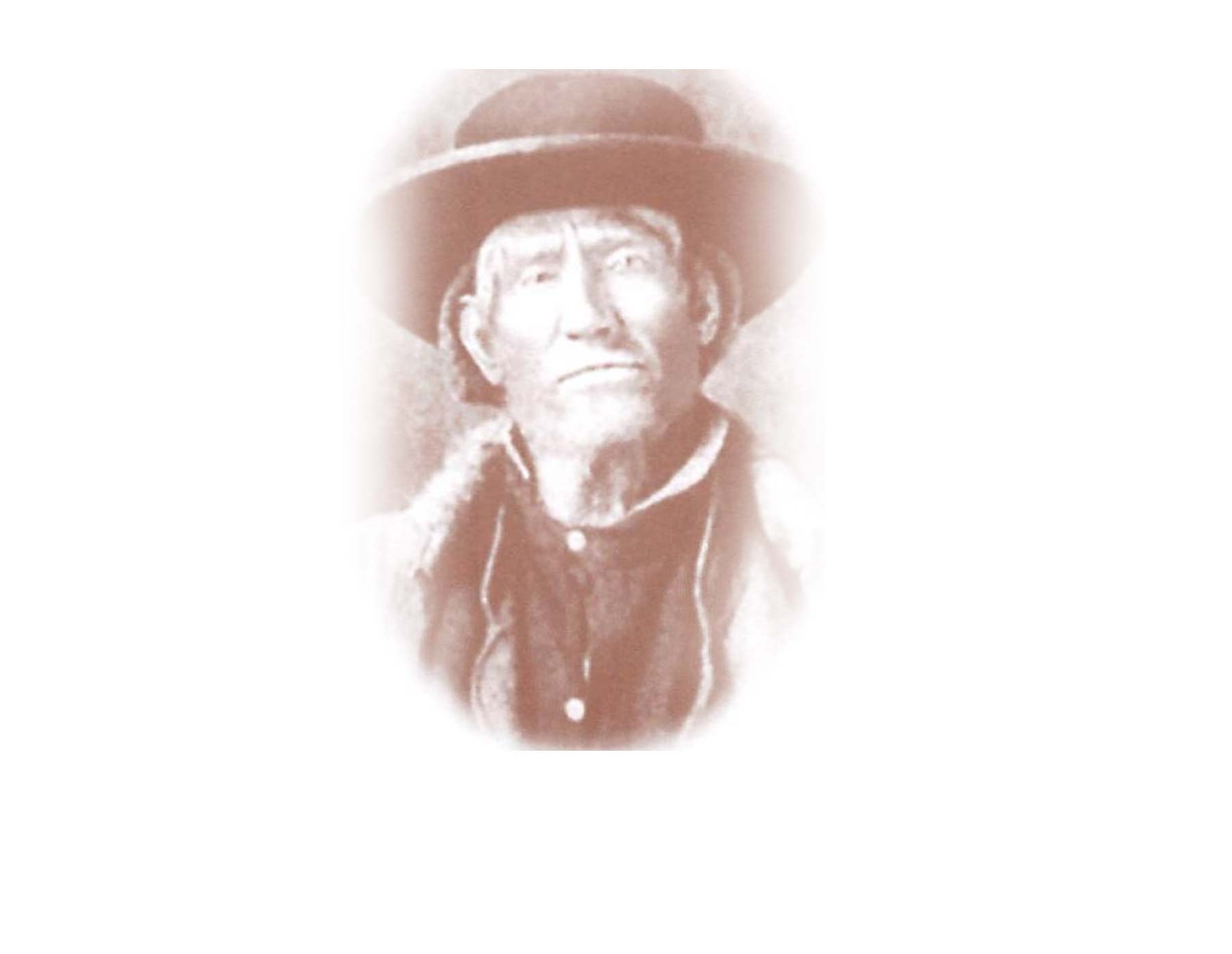Jim Bridger was born in Virginia. In 1804, he moved to Missouri with his parents. After an apprenticeship as a blacksmith, he hired on with William Ashley in 1822 and headed to the Rocky Mountains after fur.
Jim was an accomplished trapper and mountain man who became an expert scout for the Army. He was one of the first Americans to see the wonders of Yellowstone. In 1824, he followed the Bear River south into the Great Basin where he discovered the Great Salt Lake. In 1843, he established a fort and trading post (Fort. Bridger) on the Black's Fork of the Green River in Wyoming Territory. In 1859, he guided the Raynolds expedition into Montana and in 1861, showed army engineer E.L. Berthoud into Colorado. He assisted with the surveys for the transcontinental railroad and the campaign against Red Cloud. As much as any other man, he opened the American West and many places in Wyoming and the West are named after him.
He lived long enough to see the Yellowstone region set aside as a national park and must have been pleased to know that a corner of the wilderness he knew had been protected from development. In 1867, with failing eyesight, he returned to Missouri, and in 1881 he died penniless and forgotten by all but a few old friends.
Jim was an accomplished trapper and mountain man who became an expert scout for the Army. He was one of the first Americans to see the wonders of Yellowstone. In 1824, he followed the Bear River south into the Great Basin where he discovered the Great Salt Lake. In 1843, he established a fort and trading post (Fort. Bridger) on the Black's Fork of the Green River in Wyoming Territory. In 1859, he guided the Raynolds expedition into Montana and in 1861, showed army engineer E.L. Berthoud into Colorado. He assisted with the surveys for the transcontinental railroad and the campaign against Red Cloud. As much as any other man, he opened the American West and many places in Wyoming and the West are named after him.
He lived long enough to see the Yellowstone region set aside as a national park and must have been pleased to know that a corner of the wilderness he knew had been protected from development. In 1867, with failing eyesight, he returned to Missouri, and in 1881 he died penniless and forgotten by all but a few old friends.
Year
2008
Inductee Teaser Photo
Bridger_Teaser
Inductee Main Photo

Parent Node
4095
HOF Id
33
Node order
34
